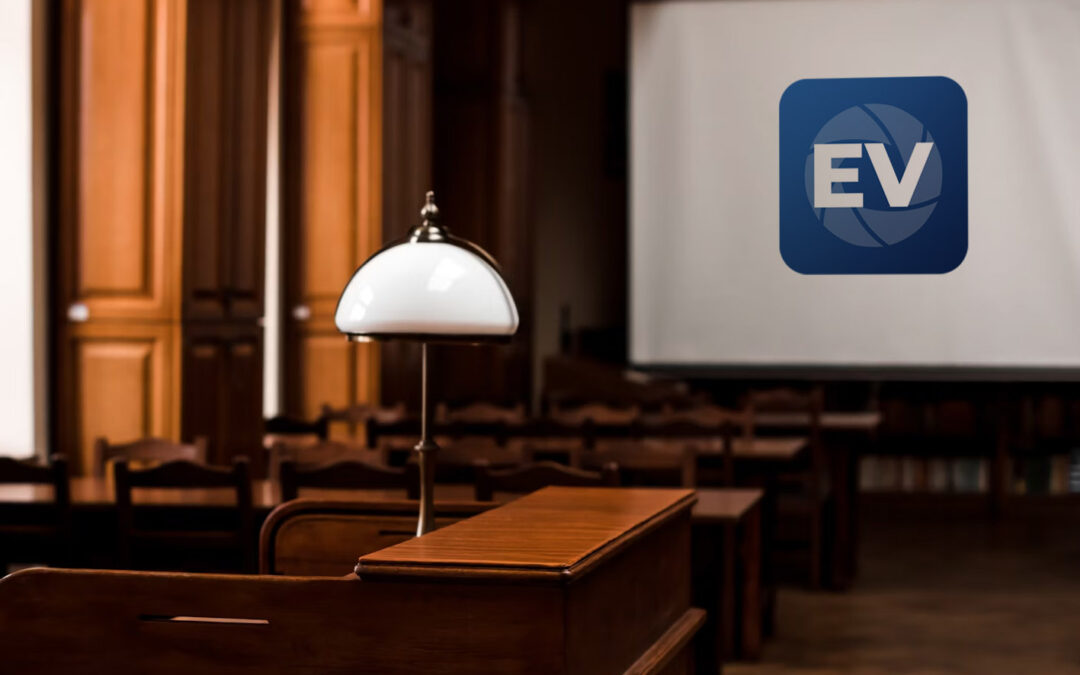Modern trial presentations improve courtroom communication.
Modern trial presentations improve courtroom communication.
Blog Article
How Test Presentations Enhance Your Debate and Encourage Jurors
Test presentations work as a crucial mechanism for improving lawful arguments and convincing jurors. By integrating aesthetic aids, narrative frameworks, and emotional engagement, lawyers can develop a compelling case that resonates on multiple levels. The calculated use visuals not just makes clear intricate info yet additionally catches jurors' focus extra effectively than words alone. The art of narration plays a just as vital duty in transforming valid evidence right into a compelling narrative, shaping jurors' assumptions. Recognizing these elements can substantially affect trial outcomes, increasing the question of how each component adds to this complex dynamic.

Relevance of Aesthetic Aids
Visual aids play an important role in enhancing the performance of test presentations, as they can significantly enhance target market involvement and retention of details. In the context of a trial, where jurors are entrusted with handling complex details, aesthetic aids serve to simplify and clarify vital points. Charts, graphs, and photos can communicate information and ideas that might otherwise bewilder or puzzle jurors, permitting for a much more simple understanding of the proof offered.
In addition, aesthetic aids help in preserving juror attention throughout the proceedings. By breaking the uniformity of verbal testament, these tools can punctuate important debates, making them more unforgettable. Effective aesthetic aids can also stimulate psychological responses, which can be essential in convincing jurors to line up with the speaker's story.

Crafting Engaging Stories
An engaging narrative is essential in trial discussions, as it functions as the foundation of effective persuasion. It enables lawyers to weave with each other facts, proof, and emotional components into a coherent story that reverberates with jurors. This narrative framework enables jurors to comprehend the complexities of the case while directing them via the attorney's debate.
To craft an engaging narrative, attorneys should concentrate on quality and comprehensibility. This entails establishing a clear lead character-- commonly the client-- and detailing their trip via the events in question. Presenting the truths in a rational series improves comprehension and maintains engagement. In addition, the usage of vivid summaries can produce mental photos that assist jurors picture the events, making the story extra remarkable.
In addition, incorporating vital styles throughout the presentation enhances the core message and aids in retention - trial presentations. The narrative needs to not only convey information but also stimulate a sense of justice, highlighting the risks included. Eventually, a well-constructed story fosters a link in between the jurors and the case, positioning the lawyer's debate as both reputable and compelling, therefore raising the chance of a positive decision

Engaging the Court Mentally
Effective jury interaction rests on the attorney's capacity to connect with jurors on an emotional degree. This link can considerably affect jurors' assumptions and their supreme decision-making. Utilizing psychological additional resources allures permits lawyers to humanize the situation, changing abstract legal concepts into relatable experiences. By presenting real-life stories or testimonies, attorneys can evoke empathy and compassion, promoting a much deeper understanding of the issues at risk.
Aesthetic aids, such as pictures or videos, can even more improve psychological engagement, providing jurors with dazzling depictions of the instance's human aspects. Crafting a narrative that highlights the struggles and triumphs of the individuals included makes certain that jurors see past the lawful disagreements and acknowledge the human repercussions of their decisions.
In addition, tone and body movement play a critical function in communicating feeling. An attorney's enthusiastic distribution can resonate with jurors, strengthening their psychological investment in the situation. It's important to balance emotional charms with valid evidence, guaranteeing that jurors really feel obliged to act while remaining based in the reality. Eventually, a psychologically engaged court is most likely visit the site to be encouraged, making emotional link an essential element of effective trial discussions.
Structuring Your Discussion

The body of the presentation must be rationally fractional right into bottom lines, each supported by compelling evidence. It is useful to utilize storytelling techniques to weave realities right into a narrative that jurors can conveniently follow. Aesthetic help, such as charts and videos, can improve comprehension and interaction, aiding to highlight important pieces of proof.
Real-World Instance Research Studies
Taking a look at real-world study gives important understandings right into the art of test discussions and persuasion. The landmark situation of "O.J. Simpson v. The People of California" highlights exactly how aesthetic aids and engaging stories can sway court assumptions. The defense group successfully used an approach that integrated top-level specialist testaments with multimedia presentations, which captivated jurors and inevitably influenced their decision.
One more significant instance is the "McDonald's Coffee Case," where the complainant's attorneys made use of graphic images of the injuries endured by Stella Liebeck. trial presentations. useful source This raw aesthetic proof played an important duty in sharing the intensity of her burns, leading to a substantial court honor. Such instances demonstrate that impactful test discussions often rest on the reliable integration of visuals and narration to evoke emotional reactions from jurors
Moreover, the "Casey Anthony Trial" highlighted the significance of narrative comprehensibility and trustworthiness. The prosecution's failure to establish an engaging timeline decreased their persuasive power, emphasizing the need of a well-structured presentation. Analyzing these instances discloses that successful trial presentations call for calculated planning, emotional engagement, and the ability to resonate with jurors' worths and ideas.
Conclusion
Trial discussions significantly boost disagreements and persuade jurors through the critical usage of visual help, engaging stories, and psychological engagement. A well-structured presentation equilibriums emotional charms with factual evidence, eventually resonating with jurors' worths.
Report this page